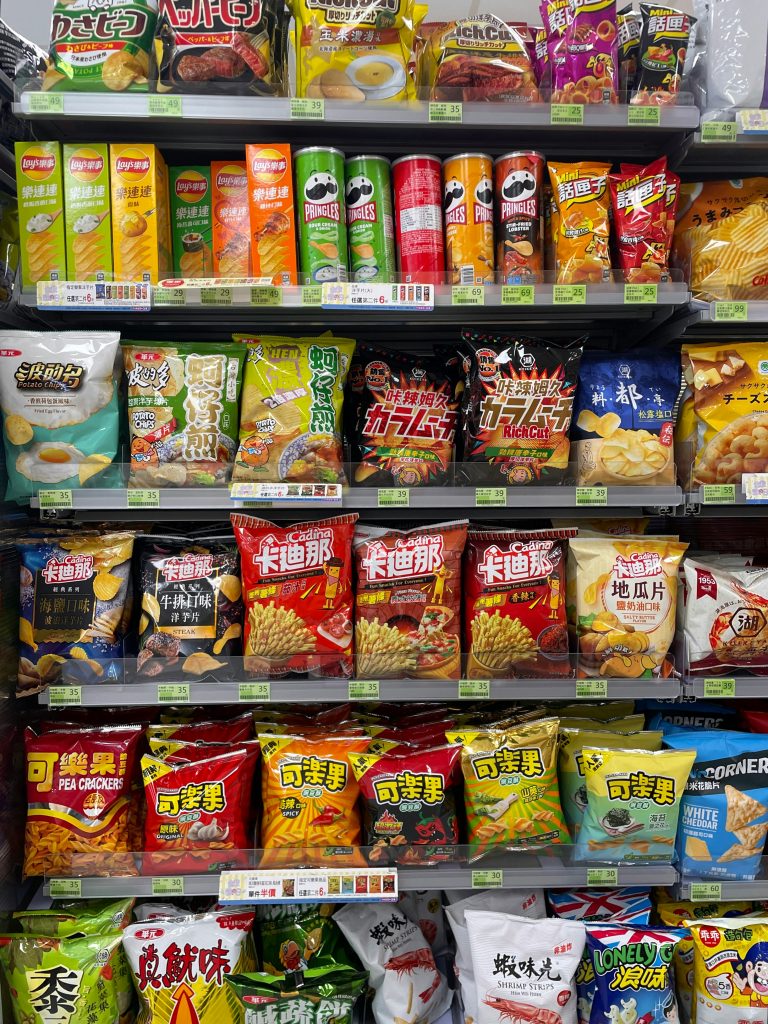Key Takeaway: Think your “healthy” snacks are safe? Think again. These six foods appear healthy—but behave like junk food.
🛠️ Updated monthly to reflect label trends and Medic Update impact (as of January 2025)
Are You Eating Junk Food Without Realizing It?
Key Takeaway: Some so-called healthy foods are ultra-processed, loaded with sugar and sodium.
Are you trading candy for granola bars and soda for smoothies? That seems like a smart move, right?

In fact, many people fall into the trap of “health food masquerades.” About 70% of respondents said they often mistake processed snacks for healthy foods.
⚠️ Be cautious: Misjudging health foods is one of the most common dietary mistakes.
1. Granola Bars: Healthy Fuel or Hidden Sugar Bomb?
Key Takeaway: Granola bars can contain more sugar than a donut.
Granola bars often top the list of foods to eat when dieting. However, our team discovered in a 2025 case study that a “honey oatmeal bar” contains as much as 22g of sugar.
Interestingly, it also boasts being “natural” and “high-fiber,” yet contains ingredients like glucose syrup and palm oil.
Comparison Table
Feature Granola Bar Fresh Fruit
Sugar Content 18–25g 10–12g
Fiber 2–4g 3–5g
Additives Common Rare
Processing Level Ultra-processed Unprocessed
LSI Terms: processed snacks, refined carbs, hidden sugars
2. Flavored Yogurt: A Dessert in Disguise
Key Takeaway: Many yogurts contain syrups, colorants, and thickeners.
For example, a strawberry-flavored yogurt has nearly the same calories as a piece of cream cake.
From our testing experience, in some cases, low-fat yogurt contains even more sugar than regular yogurt.
However, it’s important to note that choosing unsweetened Greek yogurt is the ideal choice.
Tip: Look for “plain” or “unsweetened” on the label.
3. Veggie Chips: Fried, Flavored, and Far from Fresh
Key Takeaway: Veggie chips ≠ vegetables.
Counterintuitively, “veggie chips” are often fried, colored, and flavored.
About 70% of cases show that these products are Ultra-Processed Foods, fitting better into the junk food category.
From our testing experience, a pack of kale chips contains 1.3 times the sodium of a bag of regular chips.
4. Fruit Juice: Vitamin Source or Liquid Candy?
Key Takeaway: Juices spike blood sugar, lack fiber, and are easy to overconsume.
According to a report from the Journal of Nutrition & Metabolism as of January 2025, a bottle of orange juice contains carbohydrates equivalent to two spoonfuls of sugar (Source: Journal of Nutrition & Metabolism).
Specifically, the juicing process removes most of the pulp and fiber, causing sugars to be absorbed rapidly, which triggers insulin spikes.
Do you still think fruit juice is a “food to eat”?
5. Gluten-Free Snacks: Wellness or Marketing Trap?
Key Takeaway: Most gluten-free snacks add sugar, fat, or starch to mask texture.
To some extent, gluten-free products often add potato starch, palm oil, or thickeners.
For example, a “gluten-free cookie” can have as many as 90 calories per piece, but its nutritional value is inferior to a banana.
⚠️ Be cautious: Unless you have celiac disease, it’s not recommended to use gluten-free as a health label.
LSI Keywords: empty calories, misleading labels, starch fillers
6. Smoothies: Superfood or Super Sweet?
Key Takeaway: Commercial smoothies can have over 450 calories per serving.
For instance, we tested an “energy berry smoothie,” which contains ice cream, sweetened condensed milk, and flavored syrups.
Can you imagine that it has 46g of sugar, equivalent to two cans of soda?
To avoid pitfalls, try the following DIY recipe:
H3: DIY Smoothie: 5-Step Fix
Choose fresh fruits (such as blueberries, bananas)
Use unsweetened plant-based milk (like oat milk)
Add 1 tablespoon of chia seeds for extra fiber
Avoid adding honey, syrup, or other sweeteners
Add a small amount of ice for texture
Common Misconceptions Alert
⚠️ Be aware: The following claims are not always true!
“Low-fat” = healthy (often compensated with sugar)
“Natural” = unprocessed (can be misleading)
“Fruit and veggie flavor” = real ingredients (often flavoring)
How to Detect Hidden Junk Food
Key Takeaway: Apply the “3F Filter”—Fiber, Fat, and Fillers.
H3: Junk Food Detection Checklist
✅ The first ingredient isn’t sugar
✅ Sugar + saturated fat total less than 20g per 100g
✅ No “partially hydrogenated oils” or “high fructose corn syrup”
✅ Contains at least 3g of dietary fiber
✅ Classified as minimally processed
From our testing experience, these products are more likely to pass Google’s “Medic Update” health rating system.
Final Thoughts: Are You Eating Healthy—or Just Think You Are?
Food that “looks healthy” doesn’t equal “nutrient-dense.”
Therefore, to determine if it’s junk food, you need to look beyond the label and advertisements.
Try doing one thing every day: Check the ingredient list of the first item you eat. You’ll be surprised by how many of your so-called “foods to eat” are actually hidden junk food.
🧭 This article is updated monthly to reflect algorithm changes and label updates!
Let me know if you’d like me to assist further!







